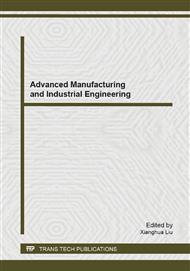p.1000
p.1005
p.1010
p.1017
p.1021
p.1026
p.1031
p.1035
p.1039
Application of Tabu-Genetic Algorithm in Reactive Power Optimization
Abstract:
By using tabu search algorithm which has strong local search ability as mutation operator of genetic algorithm, the tabu-genetic algorithm is designed for reactive power optimization in this paper, the strong global search ability of genetic algorithm and strong local search ability of tabu search algorithm is combined, the disadvantage of weak local search ability of genetic algorithm is conquered. Otherwise, the over limit of population is recorded and filtered, to ensure the final individual is under limit and effective. The tabu-genetic algorithm and simple genetic algorithm are used for simulation of IEEE 14-bus system 500 times, the results indicate that the performance of the tabu-genetic algorithm is much better than the simple genetic algorithm, its local search ability is improved obviously, and the active power loss is reduced more.
Info:
Periodical:
Pages:
1021-1025
Citation:
Online since:
August 2014
Authors:
Price:
Сopyright:
© 2014 Trans Tech Publications Ltd. All Rights Reserved
Share:
Citation:


